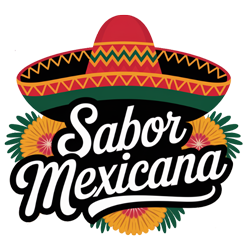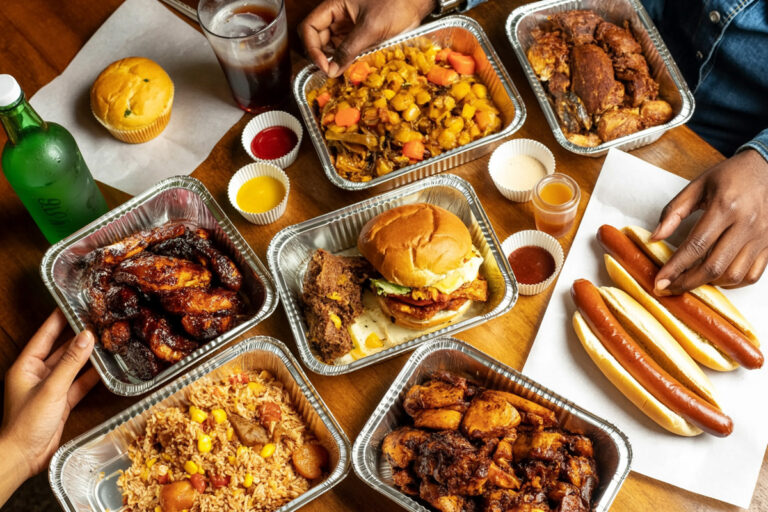Few culinary experiences capture the vibrancy, resilience, and creativity of a region quite like street food. Nowhere is this truer than in the Mexican Caribbean, where tropical breezes mingle with the aromas of roasting pork, sizzling tortillas, and caramelizing sugar. In this part of the world—stretching across Quintana Roo, Yucatán, and beyond—street food is more than casual dining. It is a living tradition that connects ancient Mayan roots, colonial history, immigrant influence, and the festive pulse of contemporary Mexico.
This article explores the fascinating layers of Mexican-Caribbean street food culture: its history, signature flavors, regional specialties, and enduring role as the social glue of everyday life.
Ancient Roots and Global Influences
The story of Mexican street food begins long before bustling markets or late-night taco stands. Indigenous peoples of Mesoamerica—most notably the Maya and Aztec—developed cooking methods and staple ingredients that still define the cuisine today. Corn was at the heart of their diet, transformed through nixtamalization (an alkaline process that unlocks nutrients) into masa, the base for tortillas, tamales, and other enduring staples. Beans, squash, tomatoes, cacao, and chilies added layers of flavor and nutrition, creating a foundation that was as sophisticated as it was practical.
The arrival of the Spanish in the 16th century added new dimensions. Pork, beef, cheese, rice, wheat, and citrus fruits merged with native foods to create hybrid dishes. For example, pork married perfectly with indigenous achiote seeds and bitter orange, giving rise to cochinita pibil, the Yucatán’s iconic slow-cooked pork dish. Centuries later, Lebanese immigrants brought shawarma-style cooking that inspired tacos al pastor, now one of Mexico’s most beloved street foods. The French influence even contributed breads like bolillo, which evolved into the base for tortas, Mexico’s hearty sandwiches.
Street food in the Mexican Caribbean is, therefore, not just about flavor. It is a living record of cross-cultural encounters—indigenous ingenuity meeting colonial imports, shaped further by global migrations.
The Flavors of the Mexican Caribbean
While tacos, tamales, and quesadillas are fixtures across Mexico, the Caribbean coast brings its own spin, marked by tropical ingredients and Mayan heritage.
Cochinita Pibil
Perhaps the crown jewel of Yucatán street food, cochinita pibil is pork marinated in a blend of achiote paste and sour orange juice, then traditionally wrapped in banana leaves and slow-cooked underground in a pit oven called a pib. On the streets, it is often served in tacos or tortas, the juicy meat paired with pickled red onions for a tangy contrast. Its preparation method—a fusion of Mayan technique with Spanish-introduced ingredients—embodies the cultural blend that defines the region.
Marquesitas
If cochinita pibil represents savory tradition, marquesitas showcase the sweet creativity of Mexican-Caribbean street food. Originating in Mérida and spreading throughout coastal towns like Bacalar and Playa del Carmen, marquesitas are crispy crepe-like waffles rolled into tubes and filled with everything from Nutella to caramel to shredded Edam cheese. Sold by cart vendors in plazas and along lagoon walkways, they are especially popular in the evenings when families stroll together.
Esquites and Elotes
Corn remains sacred in Mexico, and nowhere is its versatility more evident than in esquites (toasted or boiled kernels served in a cup with lime, chili, mayo, and cheese) and elotes (corn on the cob, similarly dressed). In the Caribbean, vendors often add local twists—like spicy habanero sauces or tropical lime varieties—that reflect the region’s flavor palette.
Seafood Specialties
Given the proximity to the Caribbean Sea, seafood also plays a starring role. Street stalls in fishing towns offer ceviche tostadas, fried fish tacos, and empanadas filled with shrimp or octopus. These dishes highlight how local ingredients adapt Mexico’s broader street food culture to its coastal environment.
Antojitos: The Little Cravings
Mexican street food is often referred to as antojitos—literally “little cravings.” In the Caribbean, these include sopes (thick masa discs topped with beans, meat, and lettuce), salbutes (fried tortillas topped with turkey or chicken), and panuchos (tortillas stuffed with beans and topped with cochinita or other meats). Each bite-sized snack is designed to satisfy cravings without requiring a sit-down meal, perfectly suited to bustling markets or evening gatherings.
Street Food as a Social Fabric
Beyond flavor, street food in the Mexican Caribbean is deeply communal. Stalls and carts are democratic spaces where people of all classes and backgrounds gather. A businessman in Cancún may stand in line alongside a construction worker, both waiting for their favorite taco. Families gather in public plazas at night, children with sticky hands enjoying marquesitas while adults sip atole or champurrado.
Street food is also an anchor of cultural identity. For many, the act of eating esquites on a Friday night or biting into cochinita on a Sunday morning is a tradition passed down through generations. These foods aren’t just sustenance—they are rituals, memory, and belonging.
Moreover, street vendors themselves often embody the resilience of working-class families. Many are small entrepreneurs, passing recipes through family lines, creating micro-economies that sustain neighborhoods. Supporting street food is, in many ways, supporting the lifeblood of the community.
The Tourist Encounter
For visitors, street food often provides the most authentic connection to local culture. Tourists in Cancún, Tulum, or Cozumel may first come for the beaches, but many leave with memories of late-night tacos or a chance encounter with a marquesita cart. Street food acts as a cultural ambassador—accessible, affordable, and irresistibly flavorful.
In recent years, culinary tours have flourished, guiding travelers through markets in Mérida or street stalls in Playa del Carmen. These tours highlight the deep stories behind each dish, allowing visitors to see beyond the food to the heritage it represents.
The Evolution of Street Food
While rooted in tradition, Mexican-Caribbean street food continues to evolve. Contemporary chefs are reimagining classics, incorporating gourmet ingredients and modern techniques. Vegan versions of cochinita (using jackfruit) or esquites (with plant-based cheeses) are becoming popular among younger generations and health-conscious travelers.
At the same time, global snack culture has influenced playful twists. Vendors experiment with toppings like Flamin’ Hot Cheetos on esquites or Nutella-filled churros. These reinventions highlight the dynamism of street food: always rooted in tradition, yet open to innovation.
Street Food as a Living Heritage
Ultimately, street food in the Mexican Caribbean represents continuity and change. It is where ancient Mayan methods meet Spanish flavors, where Lebanese shawarma transforms into al pastor, and where global culinary trends find a tropical canvas.
To eat in the streets of Cancún, Playa del Carmen, or Mérida is to participate in a centuries-old story—one that blends history, geography, and community into every bite. Whether it’s a humble cup of esquites or a steaming cochinita taco, these foods tell the story of a people who have always celebrated life through flavor.
Conclusion
Street food in the Mexican Caribbean is more than casual dining; it is culture in motion. It connects past and present, locals and visitors, tradition and innovation. Its vibrancy lies not only in the variety of dishes but also in the communal spirit it fosters.
So the next time you find yourself in the region, let your nose guide you through the streets. Follow the smoke curling from a taco stand, the laughter around a marquesita cart, or the sizzling sound of empanadas in hot oil. With every bite, you taste not only delicious food but also the resilience, creativity, and hospitality of the Mexican Caribbean.

